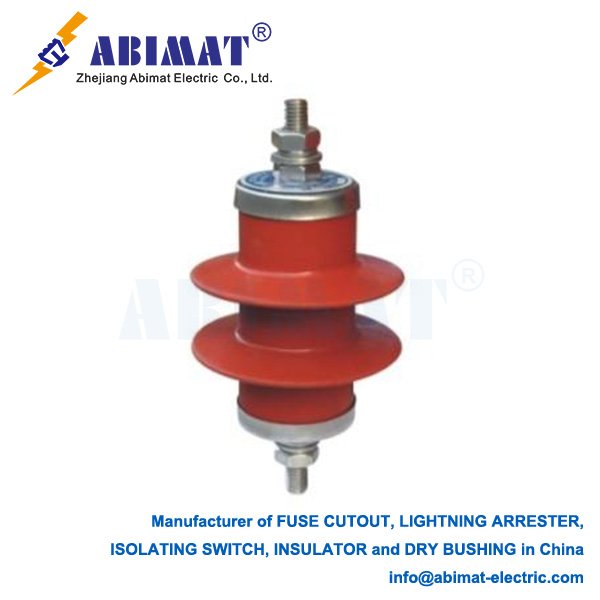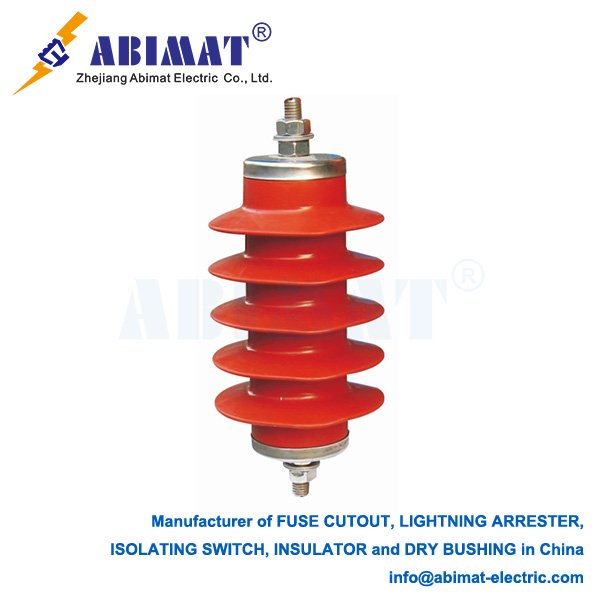Lightning Arresters for 11kV Lines: Essential Protection for Distribution Systems
Lightning arresters are important protective devices. They’re put on 11kV overhead distribution lines. Their job is to protect electrical equipment from harmful overvoltages—these come from lightning strikes and switching surges. The main thing they do is limit these temporary voltages to a safe level. Then they automatically get the circuit back to normal.
How They Work and Their Main Tech
Modern arresters for 11kV lines mostly use Metal-Oxide Varistor (MOV) tech. The main part is a pile of zinc oxide discs. These discs have a very non-linear voltage-current trait. When the system voltage is normal—like 11kV—the MOV has very high resistance. Only a tiny bit of leakage current can get through.
But if there’s an overvoltage from lightning (it can reach hundreds of kilovolts), the MOV’s resistance drops almost right away. This makes a low-resistance path to the ground. The surge current goes through this path, and the arrester limits the voltage across the equipment to a safe value. People call this value “residual voltage” or “impulse residual voltage.” Once the surge is gone, the arrester goes back to having high resistance.

Key Types: Gapped vs. Gapless
There are two main types, and they’re different because of their structure.
One is Gapless Arresters (NGLA). These are the most common type now. The MOV blocks connect directly between the line and the ground. They work well, react fast, and people usually use them to protect important equipment.
The other is Arresters with External Series Gap (EGLA). This kind has a metal-oxide part connected in a line with an outside air gap. The gap keeps the MOV away from the system voltage when things are normal. This stops leakage current and slows down aging. When there’s an overvoltage, the gap creates a spark. This lets the MOV limit the surge. EGLAs are often a good choice for general line protection—they’re strong and last a long time.
Important Technical Things for 11kV Systems
When you pick an arrester, you need to match its ratings to the 11kV system. Key things to look at are:
One is Rated Voltage. This is the highest voltage the arrester can handle when it’s working. For an 11kV system, this is usually 12.7kV or 17kV.
Another is Residual Voltage (Impulse). This is the voltage you measure across the arrester when it lets out a certain surge current. For example, an arrester rated 17/50kV has a residual voltage of 50kV for a standard 8/20 µs current wave.
Then there’s Continuous Operating Voltage. This is the highest RMS voltage that can be applied to the arrester non-stop. For an 11kV line, this is usually 10.4kV to 13.6kV.
The last one is Nominal Discharge Current. This is the peak value of the lightning current impulse—usually an 8/20 µs waveform. People use this to sort the arrester. For distribution lines, 5kA or 10kA is common.
Using Them and Things to Think About When Picking
Picking the right one is important for it to work reliably. In places where there’s a lot of lightning, you should use arresters that can let out more current—like 10kA.
Choosing between EGLA and NGLA means thinking about a few things: how much they cost, how well you need them to protect, and how easy they are to maintain.
You need to check them regularly. For gapless ones, it’s a good idea to check the leakage current every year before thunderstorm season. For gapped ones, you should check the gap distance every two years.
To sum up, using abimat lightning arresters the right way is a basic and cheap way to make 11kV distribution networks more reliable and last longer. They stop lightning from causing damage, so the power supply stays stable.


